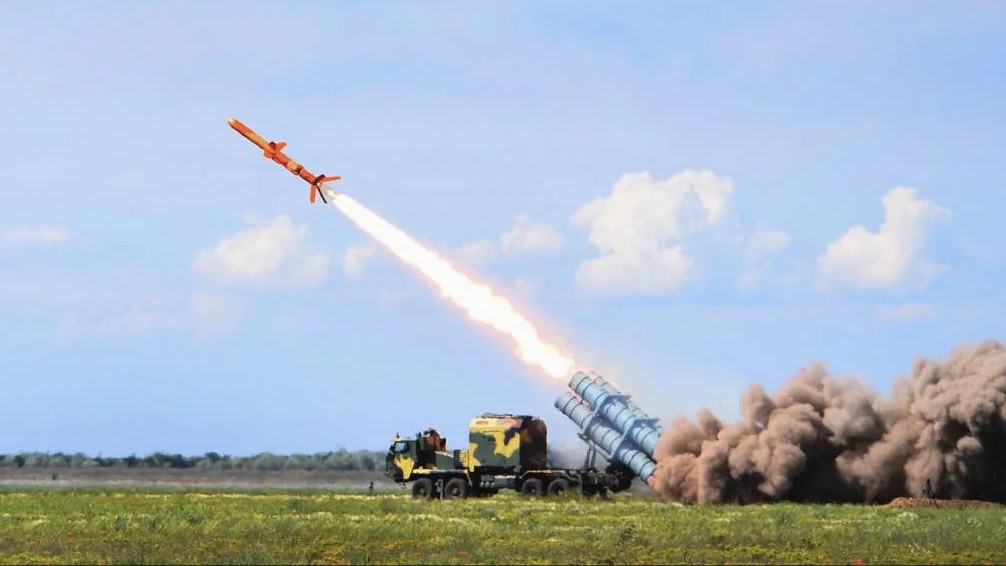Lockheed Martin Skunk Works Unveils Stealthy, Pilot-Optional Aerial Refueling Tanker Vision

Lockheed Martin’s Skunk Works division has once again revealed an ambitious vision, this time for a next-generation, stealthy aerial refueling tanker that aligns closely with the U.S. Air Force’s evolving strategic needs. As the Air Force continues to outline the requirements for its Next Generation Air-Refueling System (NGAS), Skunk Works has positioned its concept as a futuristic solution designed for survivability, operational flexibility, and technological sophistication.
The newly unveiled tanker concept emphasizes stealth, suggesting a radical departure from traditional refueling aircraft. Known for its forward-thinking and often secretive innovations, Skunk Works has designed this tanker to operate undetected in contested environments, crucial for supporting stealthy aircraft like the F-35 Lightning II and the upcoming B-21 Raider. This initiative comes at a time when the geopolitical landscape demands highly resilient and versatile support platforms, especially for scenarios involving potential threats from near-peer adversaries.
Stealth Features and Design Highlights
The concept aircraft’s design borrows heavily from stealth principles. Notable features include a distinct platypus-style shrouded exhaust with serrated edges. This feature not only reduces the aircraft's thermal signature but also minimizes radar detection. The aircraft also sports swept wings and horizontal stabilizers optimized for aerodynamic efficiency while contributing to a reduced radar cross-section. The dual canted vertical stabilizers, a hallmark of stealth design, further limit radar reflections and enhance maneuverability.
Additionally, the chine line—a stealth shaping technique wrapping around the fuselage—adds to the aircraft’s low observability. The saw-tooth panel lines and specialized wingtip pods, complete with low-observable shaping, illustrate Skunk Works’ holistic approach to stealth and survivability. These design elements signify an aircraft ready to meet the challenges of modern and future warfare environments.
Dual-Mode Refueling Flexibility and Automation
One of the standout innovations is the tanker’s dual-mode refueling capability. The design includes two booms attached to wing sponsons, accommodating the Air Force's boom method of refueling. However, the system can also be adapted to support the probe-and-drogue refueling technique, which is widely used by the U.S. Navy and Marine Corps, as well as many allied nations. This adaptability could make the tanker invaluable in joint and coalition operations, supporting a broader array of aircraft, including fast jets and helicopters.
The Skunk Works tanker concept also boasts a pilot-optional feature, which could transform aerial refueling operations. In high-risk or contested airspace, the aircraft can operate autonomously, performing missions without putting human pilots in danger. This autonomous capability also aligns with future operational concepts where unmanned systems play a more significant role, thus reducing personnel costs and enabling more complex mission profiles.
A Strategic Asset with Operational and Cost Challenges
Lockheed Martin’s proposal for the NGAS emphasizes not only survivability but also the ability to support multi-mission roles. The tanker could be repurposed for tasks beyond refueling, such as intelligence, surveillance, and reconnaissance (ISR), or even act as an "arsenal ship" capable of deploying missiles or drones. This adaptability is part of the Air Force’s vision for a “system of systems” approach, integrating various advanced capabilities into a cohesive operational framework.
However, the concept’s cutting-edge features come with potential cost challenges. As the Air Force juggles multiple modernization programs, including the B-21 bomber and the F-35 fleet, budgetary constraints will play a critical role in determining whether such an advanced tanker can be feasibly developed and procured. The tanker’s development would need careful fiscal management to ensure it complements ongoing defense initiatives.
Overall, Lockheed Martin's Skunk Works has once again set a high bar with its NGAS tanker concept. By merging stealth, advanced automation, and multi-role capabilities, the company is pushing the boundaries of what aerial refueling platforms can achieve in a future combat scenario. As discussions progress and requirements solidify, this vision could play a significant role in shaping the next chapter of U.S. Air Force refueling operations.


